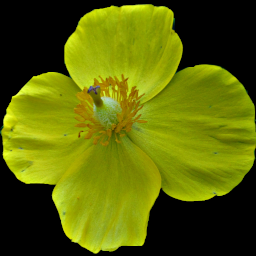
 A pretty little flower on a tiny scale, also called “Indian Chickweed” (“Indian” meaning, as it often does in North American plant names, “not really”). Carpetweed is quite variable, especially in the leaves. Note the nearly linear leaves on the specimen above, and the much more elliptical leaves on the one to the right; both grew near the same parking lot by the Monongahela River on the South Side.
A pretty little flower on a tiny scale, also called “Indian Chickweed” (“Indian” meaning, as it often does in North American plant names, “not really”). Carpetweed is quite variable, especially in the leaves. Note the nearly linear leaves on the specimen above, and the much more elliptical leaves on the one to the right; both grew near the same parking lot by the Monongahela River on the South Side.
Flowers. White, regular, with five apparent petals (actually sepals), in clusters at leaf axils, with usually one flower per cluster blooming, the rest in bud or gone to seed.
Leaves. Variable; linear to ovate, entire, dark green; in irregular whorls of three to eight or more.
Stems. Smooth; prostrate; clambering over other plants or obstacles.
Gray places the carpetweeds in the “miscellaneous” family Aizoaceae; many botanists now place them in a smaller family of their own, the Molluginaceae. Although he describes it as an “immigrant from farther south,” there is good evidence that Carpetweed is native to our area.
Gray describes the genus and the species:
MOLLÙGO L. INDIAN CHICKWEED. Sepals 5, white inside. Stamens hypogynous, 5 and alternate with the sepals, or 3 and alternate with the 3 cells of the ovary. Stigmas 3. Capsule 3-celled, 3-valved, loculicidal, the partitions breaking away from the many-seeded axis. — Low homely annuals, much branched; the stipules obsolete. (An old Latin name for some soft plant.)
M. verticillàta L. (CARPET WEED.) Prostrate, forming mats; leaves spatulate, clustered in whorls at the joints, where the 1-flowered pedicels form a sort of sessile umbel; stamens usually 3. — Sandy river-banks, roadsides, and cultivated grounds. June-Sept. (Immigrant from farther south.)





